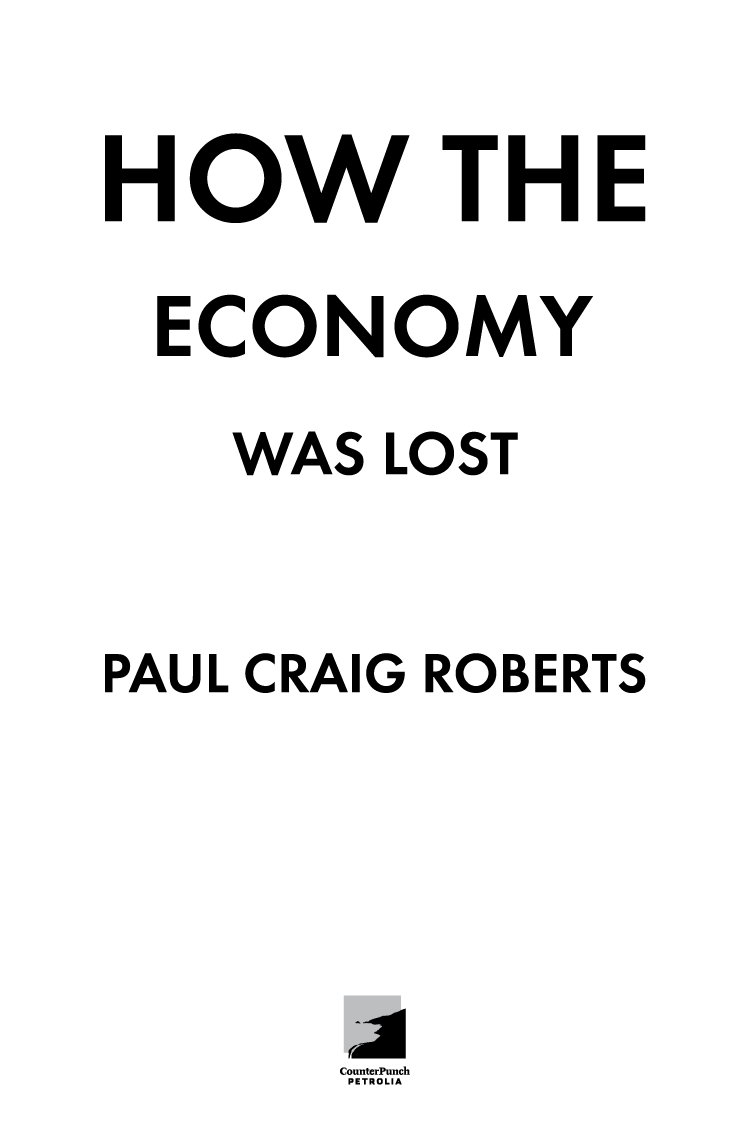Introduction
I n the first decade of the 21st century Americans have experienced the worst economy since the Great Depression of the 1930s. Todays policy-makers are just as bereft of solutions as policy-makers 80 years ago. More Americans have lost their homes in the current crisis than during the Great Depression. In some states the unemployment rate is already at Great Depression levels even as the current crisis continues to develop. Tent cities are again appearing.
The Great Depression lasted for a decade, because its cause was not understood. As policy-makers did not understand the cause of the problem, they could not formulate a solution, and the suffering was prolonged.
As an economist and a columnist watching the current crisis develop and unfold, I have endeavored to explain what is occurring in order that course corrections can be made and the worst avoided. The first part of this book is a collection of columns published by CounterPunch over the past five years that explain what is happening to us and why.
The columns deal with a range of issues that are vital to understanding our situation: how jobs offshoring erodes Americans employment prospects, dismantles the ladders of upward mobility, and worsens the income distribution; how offshoring increases the trade and budget deficits and creates financing problems for the U.S. government that threaten the dollars role as world reserve currency, the main basis of U.S. power; how necessary changes in economic policy are blocked by organized special interests who spin explanations designed to further their own agendas; how deregulation permitted debt leverage to exceed any measure of prudence.
Being the reserve currency country allows the U.S. government to escape trade and budget discipline, because the U.S. can pay for its imports in its own currency. There is no discipline to match imports with exports in order to earn the foreign currencies with which to pay the import bill. Thus, the trade deficit tends to grow continuously.
Indeed, there is a tendency for government to see the trade deficit in a positive light as it provides foreigners with dollars that they recycle by purchasing U.S. Treasury debt, thus financing the U.S. governments budget deficits.
The U.S. governments policy of benign neglect of the trade deficit has permitted the trade deficit to reach unsustainable levels. This has occurred simultaneously with the federal budget deficit reaching unsustainable levels. Enlarged by the bank bailout, the stimulus package, expensive wars, and the loss of tax revenues to the deteriorating economy, the federal budget deficits for fiscal years 2009 and 2010 will each be four times larger than the 2008 deficit. Financing needs for 2009 and 2010 come to $3 trillion according to current estimates.
The unanswered question is: who has $3 trillion to lend to Washington? The sum is far larger than the trade surpluses of our trading partners, so the traditional recycling will not cover the red ink. Americans are deep in debt and lack the means to purchase the governments debt. The danger is that the government will resort to printing money in order to pay its bills.
This would add inflation, perhaps hyperinflation, to high unemployment and present government with a crisis for which economic policy has no solution. It would place the political stability of the United States in doubt.
So far into the crisis, the Obama administration and most economists regard the problem as a credit problem. Banks, impaired by questionable investments in derivatives, cant lend. Economists believe that the solution is to restart the credit cycle by using taxpayers money, or money borrowed abroad, to take the bad investments off the banks hands. This solution overlooks the fact that consumers are so overloaded with debt that they cannot afford to borrow more in order to finance more consumption.
The essays in Part One explain why piling debt upon debt is not a solution to problems caused by moving American middle class jobs abroad. The real incomes of Americans ceased to grow in the 21st century, because many of the jobs that produce real income gains have been moved offshore. An increase in consumer indebtedness substituted for growth in real incomes and sustained the growth of the economy until mortgage and credit card debts reached their limits.
The essays in Part One explain why fiscal stimulusa larger budget deficitis part of the problem, not part of the solution.
Obamas policy, like Bushs before him, is on the wrong track. If the course is not changed, the crash will be hard indeed.
There is repetition in the chapters, because the governments statistics over the years consistently support the point that the US economy is ceasing to create middle class jobs. The mounting evidence, reported in my columns, is important. We have spent a decade losing middle class jobs while economists sing the praise of the New Economy. Likewise, the dollar has continued to lose value in relation to other hard currencies.
Part Two offers in ordinary language a short course in economics keyed to the unrecognized problems of our time. A widespread misunderstanding of free trade by policy-makers and economists has resulted in free trade becoming an excuse for the erosion of the productive capability of the American economy. Free trade has a hallowed status among most economists. Consequently, it is an unexamined article of faith. Economists even believe that jobs offshoring is a manifestation of free trade and, thus, a benefit to the U.S. economy.
In Chapters 49 and 50 I explain the unacknowledged problems in free trade doctrine and why jobs offshoring is not free trade.
In Chapter 51, I explain the fundamental error in economists assumption that natural resources are inexhaustible. This uninformed assumption permits natures capital to be exhausted with no thought to the consequences. On this point, the failure of economic thinking is so great as to call into question the designation of economics as a science.
The final two chapters explain how businesses maximize profits by imposing costs on others and how we might mitigate these costs. Economists term these imposed costs external costs. In a full world (see Chapter 51), external costs might be the greatest part of costs. Have we reached a stage in capitalist development in which a large, and perhaps the major, cost of capitalist profits are imposed on third parties who do not share in the profits? In the U.S. today, corporate profits are no longer related to the welfare of the general population as corporations maximize their profits by replacing American labor with foreign labor.
In the presence of powerful organized special interests, does representative government have sufficient independence and integrity to represent the public interest?
This is the unanswered question.
If the American people wish to continue as a viable society, they must inform themselves of their plight and demand change. If they acquiesce in propaganda and disinformation from the special interests who are enriched by Americas declinethe same special interests that control their governmentthe bulk of the American population is headed for Third World status.
This book is my contribution to my fellow citizens welfare. Wake up! Be aware that the interest groups that control your government are destroying you.
Paul Craig Roberts November 8, 2009
Part One: The Lost Economy
Chapter 1: The Return of the Robber Barons


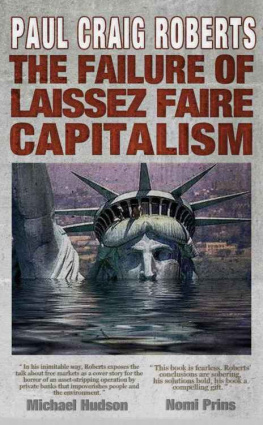
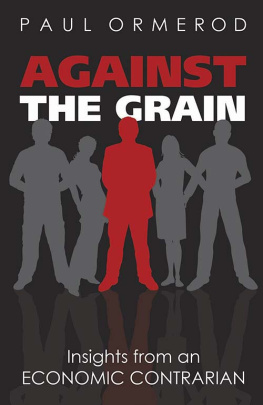

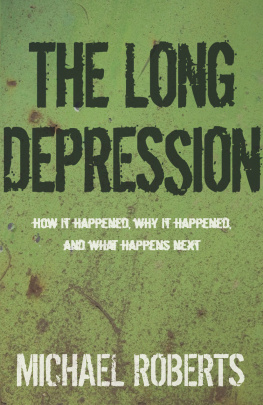



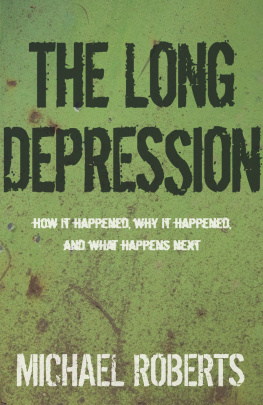
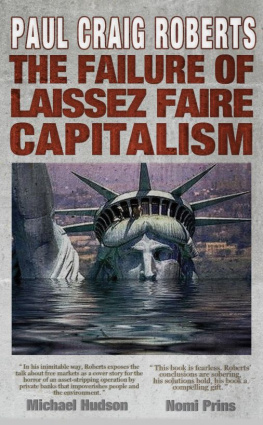
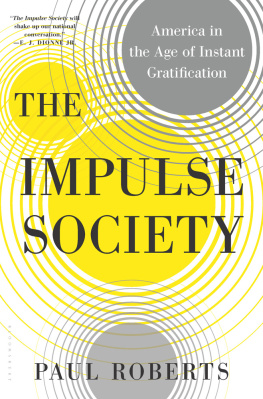

.jpg)
